Short term plan
| LESSON: Commands | School:№ | Lesson | |||||||
| Date | Teacher name: | ||||||||
| CLASS: 1 | Number present: | absent: | |||||||
| Learning objectives(s) that this lesson is contributing to
| 1. listening to a description and labeling a picture 2.developing language skills. 3. say topic words with clear and pronunciation 4. say expressions clearly | ||||||||
| 1UE7 use personal subject and object pronouns to give basic personal information 1L3 recognise with support common names of places; recognize the spoken form of a limited range of everyday and classroom word 1S3 pronounce basic words and expressions intelligibly | |||||||||
| Lesson objectives | All learners will be able to: | ||||||||
| Sing a song’’ Hello’’ To introduce the pupils to the English alphabet; To present and prictise words To give and follow commands | |||||||||
| Most learners will be able to: | |||||||||
| To practise greetings with teacher’s support | |||||||||
| Some learners will be able to: | |||||||||
| Make simple dialogue with teacher’s support | |||||||||
| Success criteria | Pupils achieve if: Can pronounce words Can listen sounds | ||||||||
| Previous learning | My toys | ||||||||
| Plan | |||||||||
| Plannedtimings | Planned activities (replace the notes below with your planned activities)
| Resources | |||||||
| Beginning 5-min | Learners are introduced with the lesson objectives /D/ Organize the lesson Greetings Hello, Good morning pupils! How are you? Fine, thanks. Sit down. Warm up. Brain storming. One, two, three, four. Assessments by smiles Activity to revise the vocabulary from the previous lesson.) Put up the My room! Poster on the board. Point to the items one at a time and say a word. Ask the pupils to say yes or no. e.g. T: point to the bike Bike P: yes! T: point to the car Car. Class: No! etc Play the My room song from the previous lesson. Encourage the pupils to sing along. Divide into groups:
Sticker –pictures
Sticker –pictures
| CD-player
Poster
Track 35 CD1 | |||||||
| Middle 5-min
2-min
3-min
10-min
10-min
5-min
| Checking homework Present and practice (activities to present and activate the new language.) Listen, point and repeat Pupils’ books closed. Put up the flashcards one at a time and say the corresponding words. The pupils repeat, chorally or individually. Point to each flashcards in random order. Ask individual pupils to say the word. Ask the rest of the class for verification. Give a command, e.g. stand up. The pupils follow it. Have you rest? Double, double, this, this Double, double that, that Double this, double that Double, double, this, that Pupils’ books open. Play the CD. The pupils listen point to and repeat the letters and the words. Play the CD again pausing after each word. The pupils repeat, chorally or individually.
table train
desk
plane
bed car
TV
bike
D/ Teacher demonstrates and drills basiclessons, prepositions of place using visual at board. Let’s listen! Set the scene by asking the pupils questions about what they can see in the pictures. e.g. T: (pointing to picture 1) Oh, silly TV! Can Nanny help? Class: Yes! T: Yes, (pointing to the TV in picture 2) Look! Thanks. Nanny! ( pointing to picture 3) Look at Lilly! Clap your hands! etc) Play the CD. The pupils listen and follow the dialogue in their books. Audio script 1 Liam: Nanny, please help! 2 Liam: Thanks Nanny! 3 Jumping Jack: Clap your hands! Stamp your feet! Jump! 4 Lilly: This is fun! -For stronger classes: Select a short exchange from the dialogue for the pupils to act out in pairs. Allow them some time to rehearse their exchanges. Have some pairs come to the front of the class and perform their exchanges. -For weaker cases: ask some pupils to take out their story cutouts. Ask them to shuffle them. Play the dialogue with pauses. The pupils listen and hold up the corresponding cutout. Listen and number. Play Simon says! Point to the pictures and elicit the commands. Explain the activity. The pupils listen and number the pictures. Play the CD twice if necessary. The pupils listen and complete the activity. Check their answers. Audioscript One-stamp your feet Two-sit down Three-clap your hands Four-stand up Five-jump Six-dance Tell the pupils you are going to play the Simon says game. Explain to the pupils that they have to follow the commands if preceded by the phrases Simon says. T: Simon says: Clap your hands! Stamp your feet! Etc Sing the Come on everybody song and do! Say and mime the following action: Come on everybody, clap your hands! Invite the pupils to repeat after you and mime the actions. Follow the same procedure and present the rest of the song. Play the CD. The pupils listen to the song. Play the song again and encourage the pupils to do the actions. Audioscript Come on everybody, Clap your hands! Come on everybody, Stamp your feet! Stand up, sit down, Jump all around! Come on everybody, Dance to the beat! (See the introduction for further ideas on how to exploit the songs ) Pre-teachingAudioscriptstamp your feet, jump, sit down, stand up, clap your hands, dance.
Count – train – doll – plane – kite – bike – car -
/W/ use a visual presentation of objects . work with a set of number flashcards [numerals]. /D/ Teacher demonstrates simple plus/minus sums producing written numerical answers. /I/ /f/ learners given a worksheet with a range of jumbled numbers 1-10 to colour according to Teacher’s instructions. /W/ /f/ Then learners make up the clusters. Learners move the characters.
Circle the odd one out.
|
Flashcards Watch Slide
Flashcards 12-17
Track 37 CD1
Flashcards Watch Slide
Song ten Little numbers http://www.youtube.com/watch?v=BYIrkMV9uug
Clusters, flashcards Track 38 CD1
Activity books
Track 39 CD1 | |||||||
| End 5-min
2-min | An activity to consolidate the language of the lesson) Go around and assign a command to each pupil. Give a command. The pupils with the assigned command perform it. Repeat with the rest of the commands. If you wish, you can do page 38 from the Activity Book during this lesson or the next one 9-10 smiles- “5” 8-6 smiles –“4” 5-3 smiles - “3” The song “Good bye” | picture
CD - player | |||||||
| Additional information | |||||||||
| Differentiation – how do you plan to give more support? How do you plan to challenge the more able learners? | Assessment – how are you planning to check learners’ learning? | Cross-curricular links | |||||||
| More support: Provide less ablelearners with the foursentences written on aworksheet so they canlisten and read.
More able learners: | Monitor learners to checkthey can pick up specificdetails when listening tofacts reported from map,facts about naturaldisasters; detail fromvideo. Note those who | Learners work in groups apply skills and knowledge to a practical and cooperative task, and produce their own materials. All of these lesson correlate with the aims of critical and creative communication set out . Job and work: developingvocabulary range tocommunicate knowledgeof natural disasters; | |||||||
| Reflection Were the lesson objectives/learning objectives realistic? What did the learners learn today? What was the learning atmosphere like? Did my planned differentiation work well? Did I stick to timings? What changes did I make from my plan and why?
| Use the space below to reflect on your lesson. Answer the most relevant questions from the box on the left about your lesson. All lesson and learning objectives were met. The lesson was exciting. Learners were always in action and interaction. Game style lessons prove to be very useful.
Use the space below to reflect on your lesson. Answer the most relevant questions from the box on the left about your lesson.
| ||||||||
| Simulation game created this opportunity for them.
| |||||||||
| Summary evaluation
What two things went really well (consider both teaching and learning)? 1: Simulation game 2: Video and vocabulary prior to the game What two things would have improved the lesson (consider both teaching and learning)?
1: Better level of English language of learners. Inability of communication in English language of some learners keeps behind more able ones as well. 2:Learners came late after flash mob break. This usually happens. What have I learned from this lesson about the class or individuals that will inform my next lesson?
| |||||||||

 Получите свидетельство
Получите свидетельство Вход
Вход



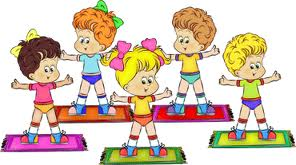



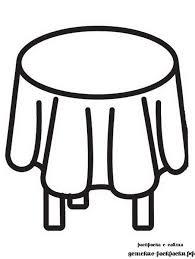
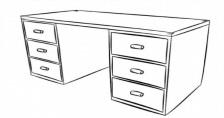
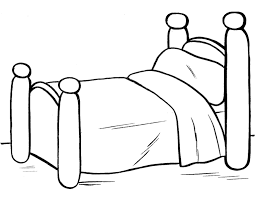


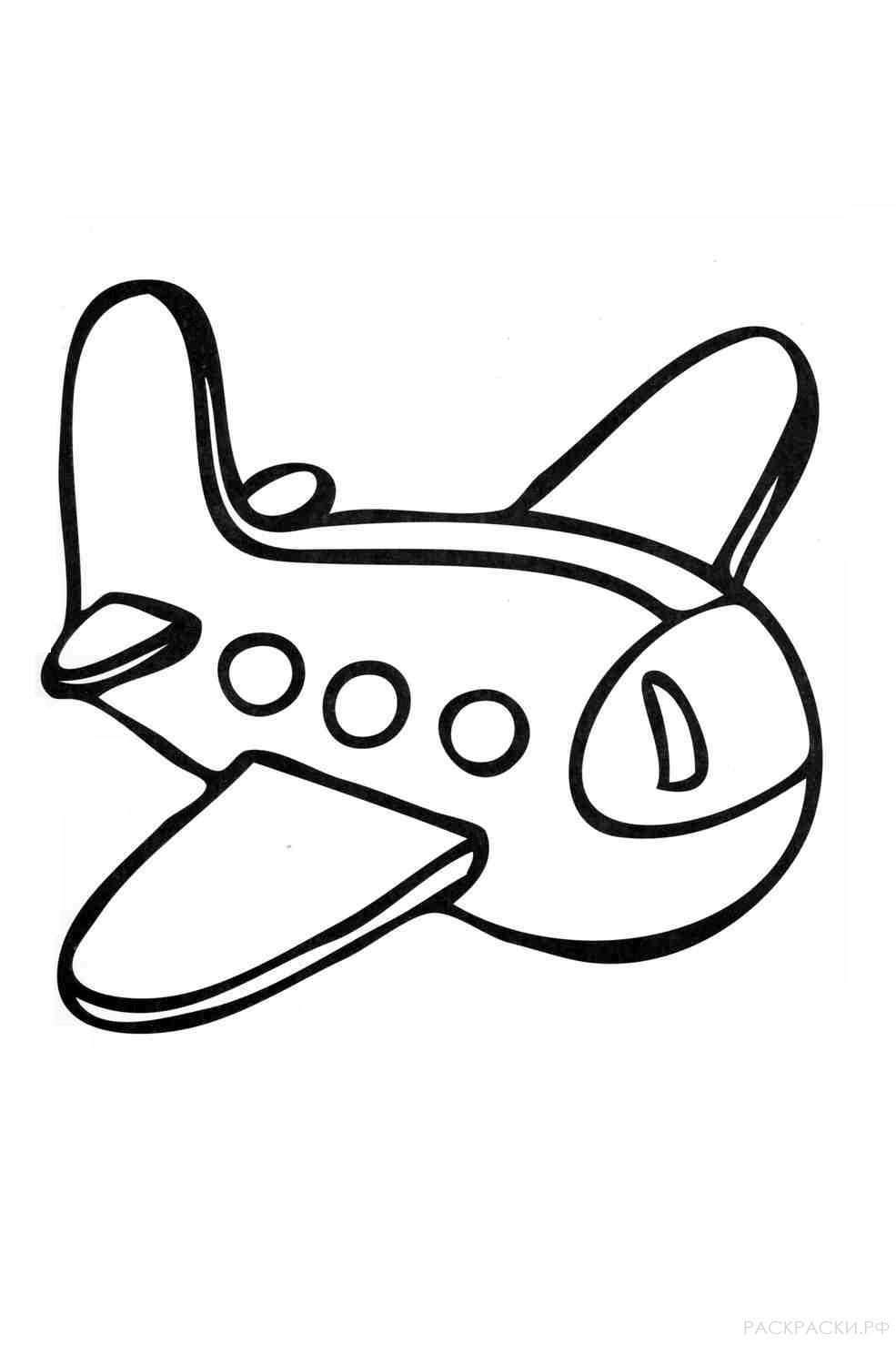
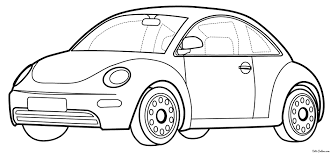
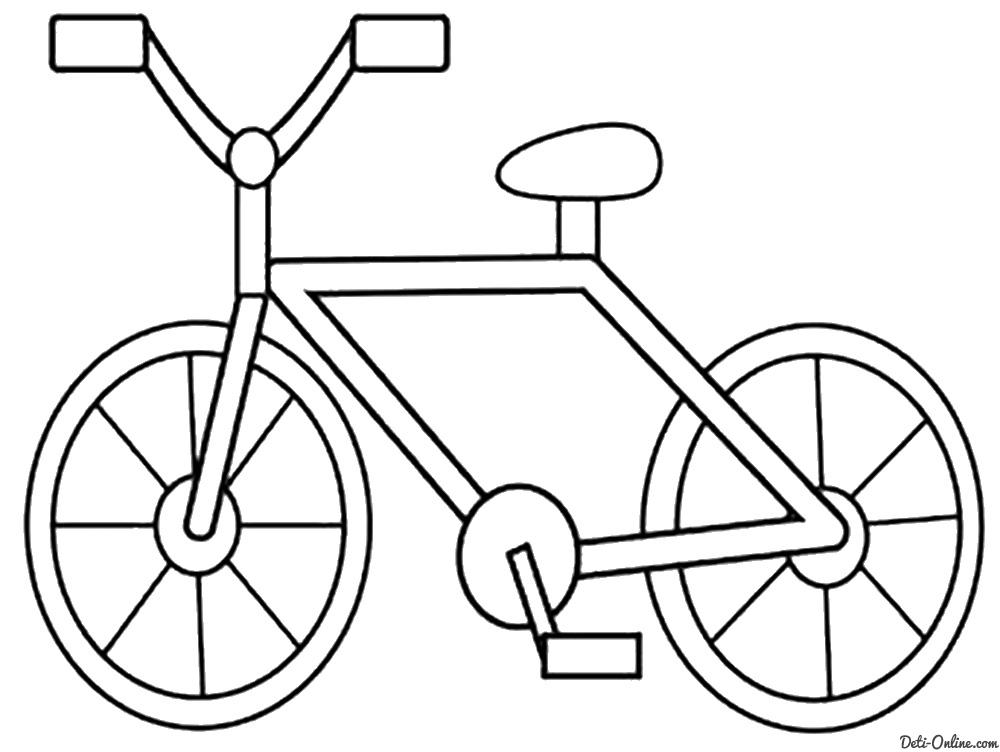


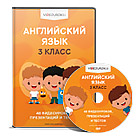
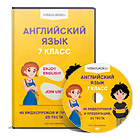
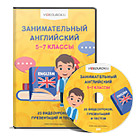
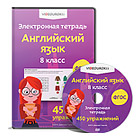
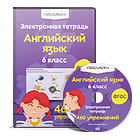
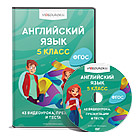
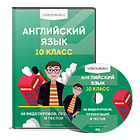

 Презентация к уроку "Commands" (591.54 KB)
Презентация к уроку "Commands" (591.54 KB)
 0
0 481
481 7
7 Нравится
0
Нравится
0


